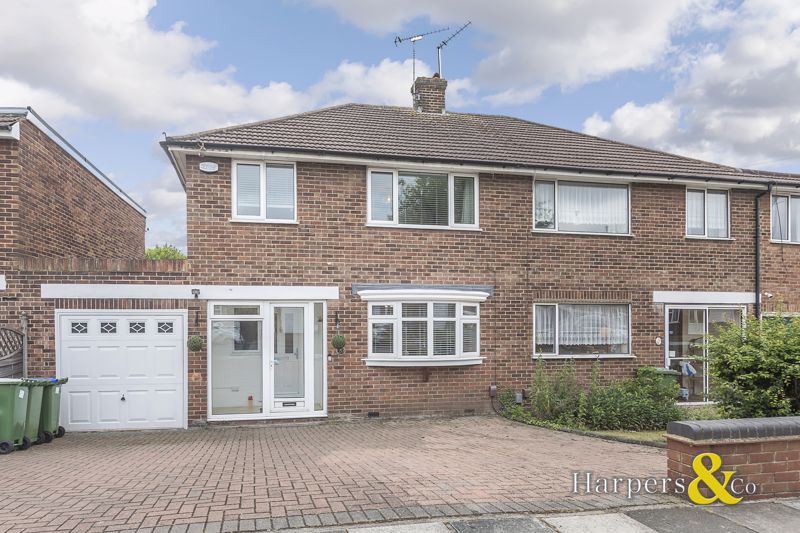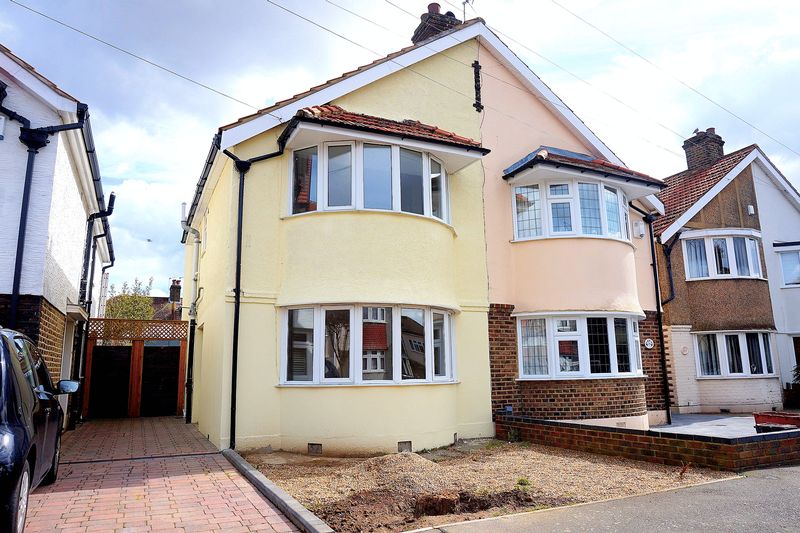
If you are thinking of moving and are currently viewing properties, it is essential you review your mortgage options with our experienced mortgage consultants, who can offer mortgages from the Whole of the Market.
How they can help:
- First time buyer from 5% deposit
- Shared Ownership Schemes
- Movers
- Buy to Let
- Remortgage
- Capital Raising
- Adverse Credit
Additional Services:
- Pension
- Investment
- Protection Insurance
- Building & Contents
If you would like advice, please contact Kelly Financial on 01322 332009

Barry Nicholson
Mortgage and Protection Consultant
This email address is being protected from spambots. You need JavaScript enabled to view it.
Think carefully before securing your debts against your home.
Your home may be repossessed if you do not keep up repayments on your mortgage.

















